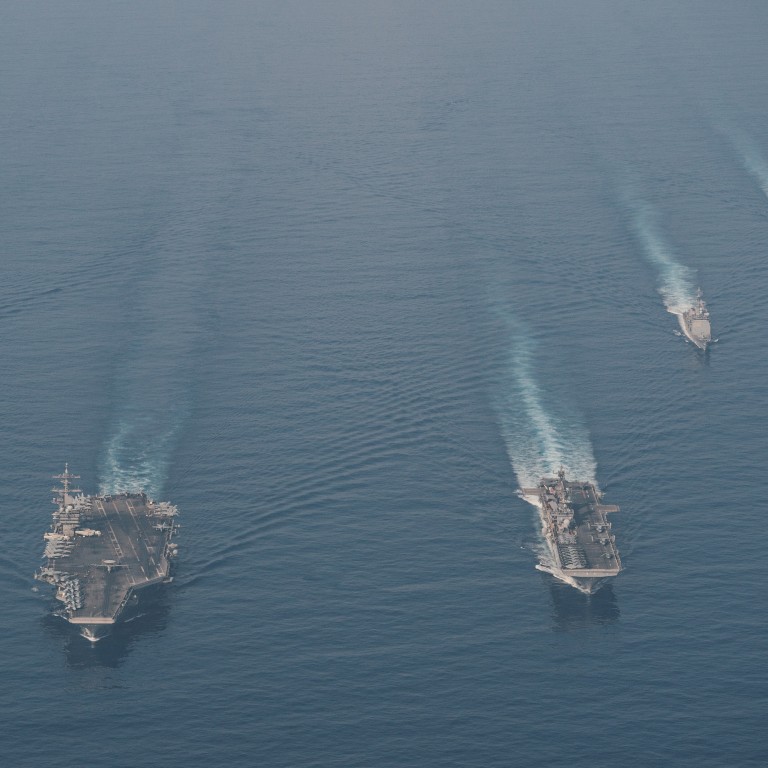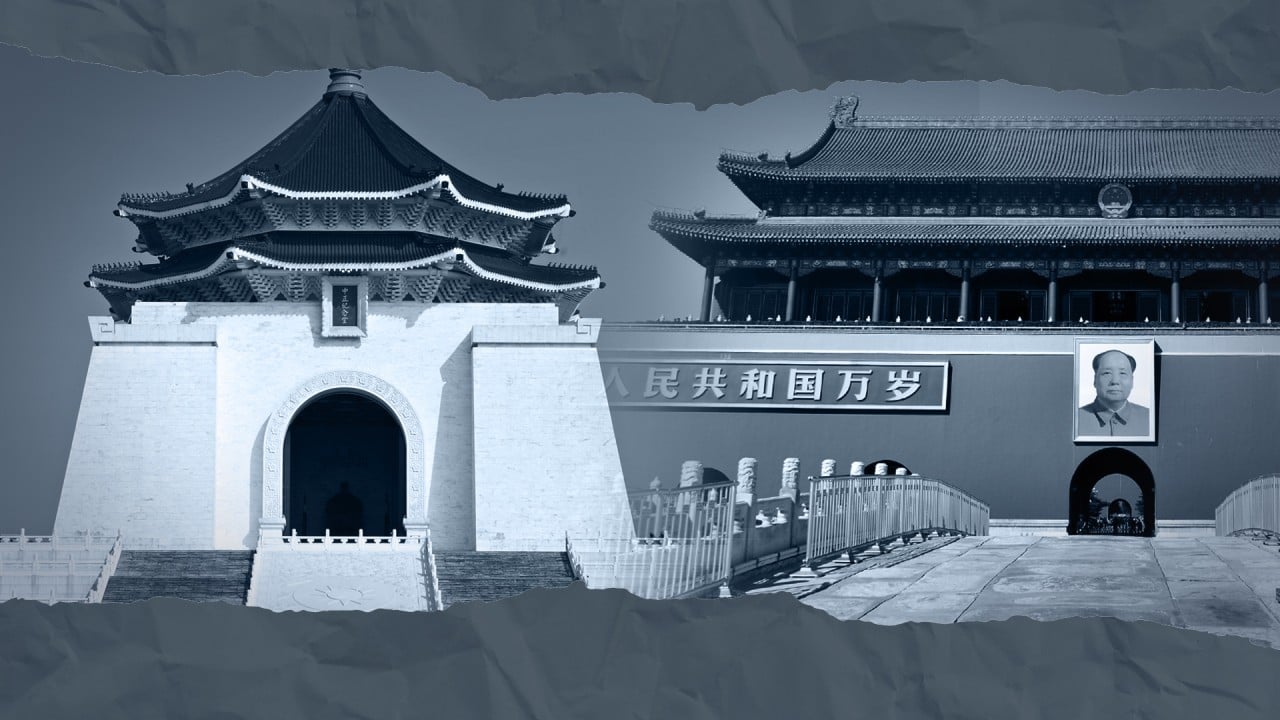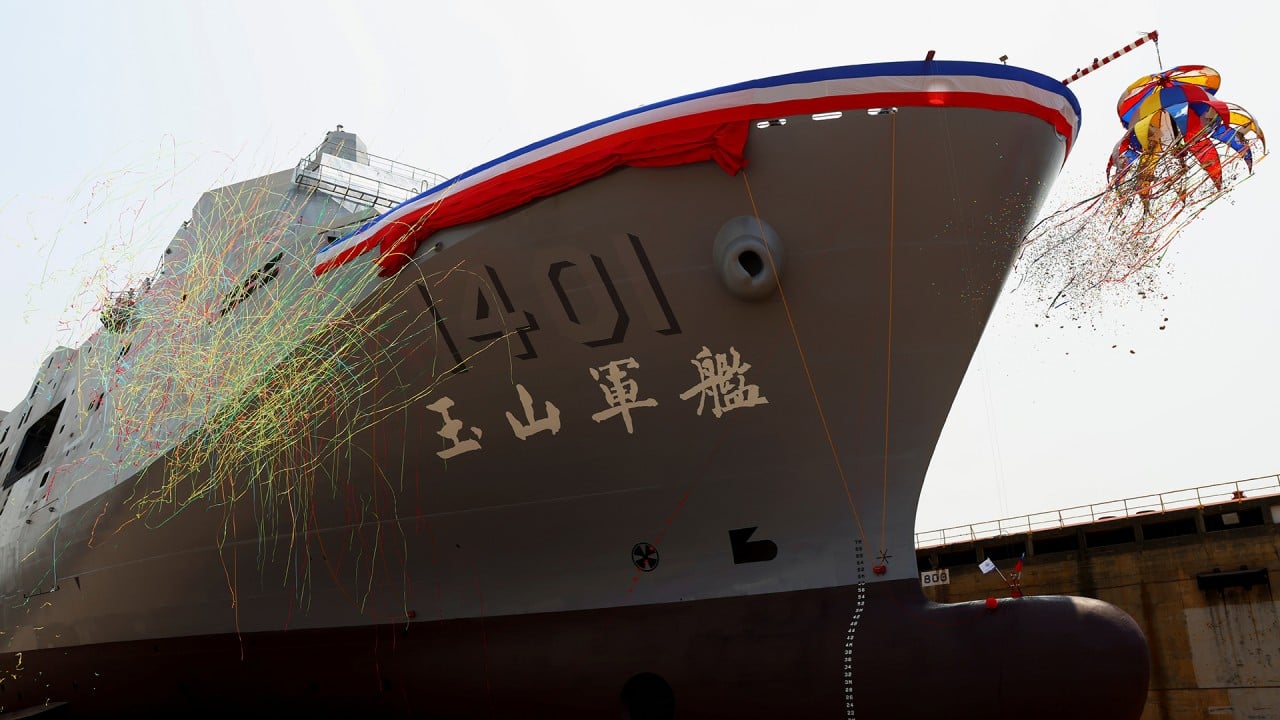
How next-generation technology could allow US to fight off mainland Chinese invasion of Taiwan
- US military planners have identified the advanced equipment they believe they need to stop mainland China occupying the island following a war game
- Analysts say up to 80 per cent of America’s naval and air power may be needed to secure victory, which could still come at a heavy cost
“The deployment of 80 per cent of the US naval and air forces is the minimum cost, because today’s PLA is more formidable than the Iraq military in the 1990s,” Lu Li-shih, a former instructor at Taiwan’s Naval Academy in Kaohsiung, said.
In the latest war game, the US Air Force showed a marked improvement on exercises in 2018 and 2019, which ended in catastrophic losses, Defense News reported earlier this month, but it described the victory as “pyrrhic” because of the loss of life and equipment involved.
The report said the exercise was based on the assumption that the US military would overcome various technological and fiscal challenges and simulated that use of next-generation technology.
This included the use of next-generation air dominance aircraft in tandem with “loyal wingmen” – unarmed aircraft that fly alongside and support manned fighters - and other advanced forms of technology.
Some of the equipment is not in production and has yet to secure funding.
Ben Ho, an air power researcher from the military studies programme at the S Rajaratnam School of International Studies in Singapore, said the US military would face greater challenges in achieving air superiority- the “killer punch” that has guaranteed victory in previous conflicts.
“The PLA can bring significantly more combat power to bear given the proximity of mainland [Chinese] bases to the area of operations,” Ho said. “It would be a tall order for Washington to have in the western Pacific six aircraft carriers for duty like it did during the first Gulf war.”
Taiwan vows to defend itself after Yoshihide Suga qualifies Japan’s stance
Zhou Chenming, a researcher from the Yuan Wang think tank, a Beijing-based military science and technology institute, agreed, adding that the PLA has spent decades preparing for a possible “Taiwan reunification war”.
“Chinese aircraft carriers will join with the air force and land-based missile force to build a ‘strong shield’ to prevent the US carrier strike groups from entering 1,000km of the Taiwan Strait,” he said.
The PLA so far has two active aircraft carriers, while a more advanced third one is expected to be launched later this year.
A military insider said the PLA had noted the US Air Force’s increasing deployment of its most advanced stealth fighters like the F-22 Raptor and F-35 Lighting II in the Asia-Pacific.
“What concerns the PLA is that in the event of conflict, F-35 joint strike fighters may play a key role in the ‘war of attrition’, as the US war game confirmed the aircraft would be upgraded and used as a ‘workhorse’,” said the insider, who requested anonymity due to the sensitivity of the topic.
“The PLA estimates the Pentagon would deploy hundreds of F-35s to deal with the PLA’s J-20 because their Lockheed Martin production lines are able to deliver up to 300 F-35s one year, compared with China’s annual capacity of less than 50 J-20s.”
“With its stealth, long range and ability to carry long-range air-to-air missiles, the J-20 is ideal in the ‘Awacs/tanker-killing’ role,” Ho said. He continued that the PLA will also use the H-20 strategic bomber, which is expected to be launched in next few years, for long-range bombing missions.
Last week, four American F-16 fighter jets flew over the South China Sea and landed at Yokota air base in Japan, en route to their home base in Misawa.
US spy planes keep close eye on China amid live-fire military exercises
Photographs published on The War Zone website suggested the aircraft had been armed for counter-air operations with a heavy load of live air-to-air missiles.
“Fighter jets would not be loaded with full weapons and fuel for normal routine exercises. The full-load F-16 flights indicate they are carrying out special missions for the purposes of logistics calculation,” Lu said, adding it was part of a test for “agile combat employment”.
Defense News reported that as part of these preparations, the US military was investing more in remote airfields across the Pacific and fortifying and lengthening runways in the area to make it hard for an enemy to ground all its warplanes.
Japan has strengthened its naval and air defence capabilities with the help of the US in recent years, refurbishing two destroyers to carry US F-35B stealth fighters, expanding its submarine fleet and upgrading its Awacs systems.
“In the worse case scenario, if Yokosuka and Kadena bases become [PLA] targets, it is possible that the Japanese Self Defence Forces will be authorised by the national parliament to formally initiate defence mobilisation and allowed to exercise the right of collective self-defence in overseas,” said Cheung Mong, an associate professor with the School of International Liberal Studies at Waseda University in Japan.




